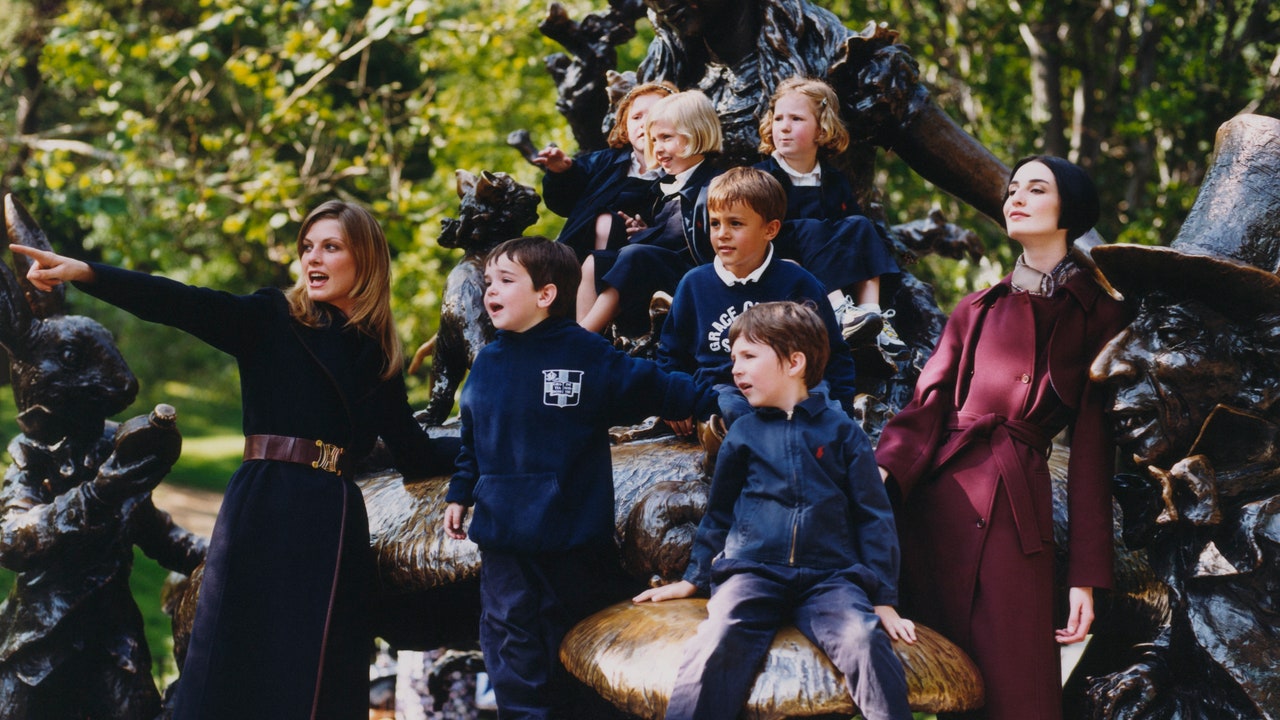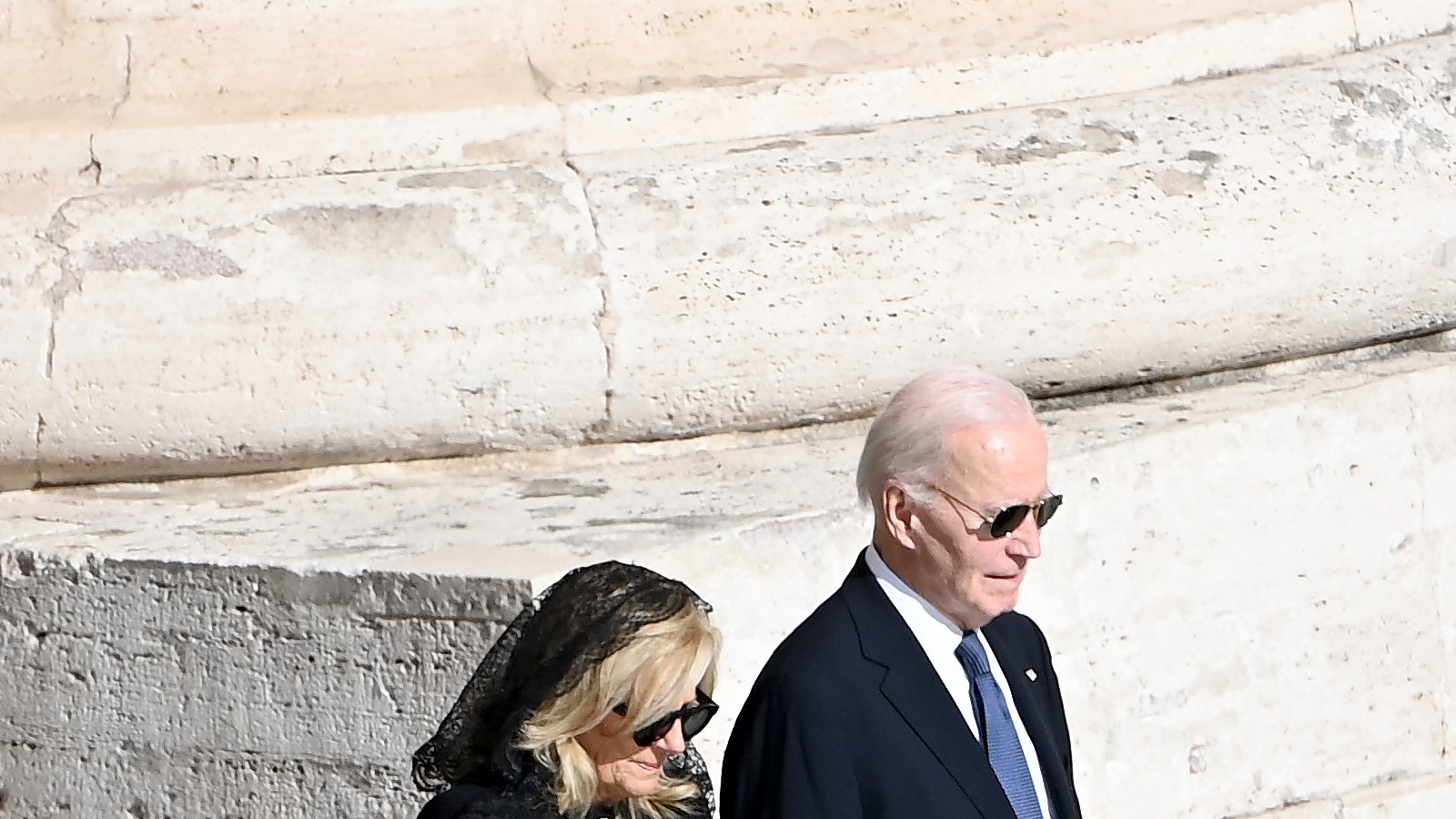
Founded in 1929, the Paris Yiddish Center – Medem Library’s existence is a testament to collective resilience: many of the 21,000 works in its collection were saved because they were hidden in basements during World War II. Macha Fogel, the center’s temporary director, explains that while Yiddish is common in Hasidic communities, the language lost prominence across the Jewish world. Fogel says, “It’s important that scholars, artists, or simply curious people study [Yiddish], so that access to all this non-religious material remains existent.” Through Paris Yiddish Center’s summer programs, travelers balance morning studies with Yiddish singing, theater, and cooking classes.
The vibrant pace is similar at Oideas Gael, an Irish language cultural center with language immersions in Gleann Cholm Cille, County Donegal, Ireland. Thematic itineraries include painting, weaving, and flute playing—all through the medium of Irish Gaelic, taught by local tutors. Accommodations include a string of thatched roof homestays within walking distance to the center.
Rónán Ó Dochartaigh, director at Oideas Gael, estimates that “2,200 travelers from 29 countries around the world, ages 18 to mid-80s” visit annually to study the language; a number that feels especially significant when he notes the local population is 700. “A small number of them married students they met during the program,” he adds. Whether for love or learning, the lyrical charm of Oideas Gael attracts an eclectic mix of students including musicians, doctors, postmen, psychologists, and politicians, including former President of Ireland Mary McAleese—a regular guest.
Ó Dochartaigh reflects on the path that returned him to this tiny coastal town: “I grew up in the area. I had a summer job at Oideas Gael. I worked and lived in other places, but kept my connection to the language because of my experience working here. We want to show that learning the language can contribute positive economic benefit.” Clearly, the way we communicate sustains us in more ways than one.
Meanwhile, in Ollantaytambo, a small town near Cusco in Peru, Awamaki’s sustainable tourism programs connect travelers with Quechuan women entrepreneurs for homestays and language lessons. “Visitors follow the rhythm of the community,” says Awamaki executive director Kennedy Leavens. “After waking at first light, host families go about their days and so do their visitors, whether that’s a hike or alpaca shearing. Then, they join their family, maybe preparing food or tending fields.” The ability to choose when to welcome travelers is tantamount to respectful tourism, so Awamaki adheres to local preferences not to host homestays during peak agricultural periods or on Sundays.
#Unexpected #Joy #Learning #Endangered #Language






